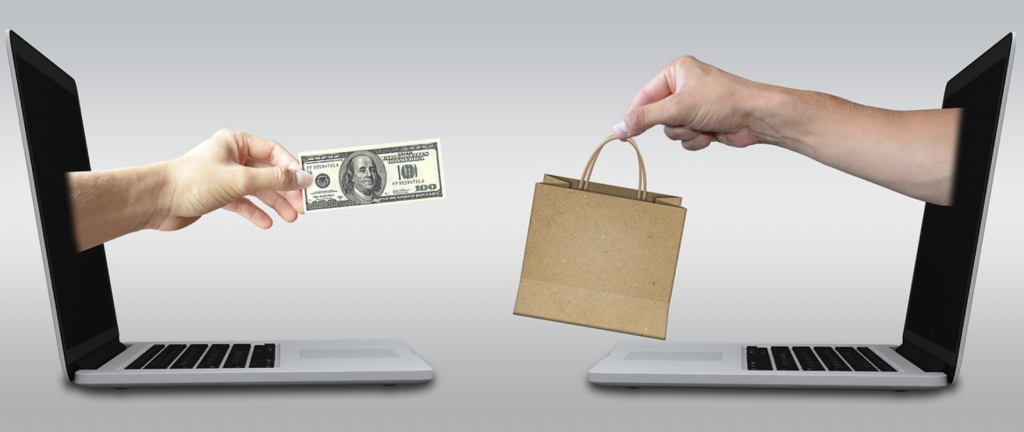Inflation Is Still Soaring But Consumers Won’t Stop Spending, Here’s Why
The aftermath of the pandemic birthed a unique economy where consumer spending has remained mostly resilient despite intense inflation, which has helped to stave off a recession thus far.
This article is more than 2 years old

As inflation continues to surge, much as it has for the last two and half years, it’s easy to place blame for the high prices. Some blame millennials and Gen Z, many of whom are spending only on necessities, and some even suggest that people skip breakfast to save on the exorbitant price of eggs and other breakfast items. But yesterday’s retail sales report presents a different story: that consumer spending is nearly single-handedly keeping the U.S. economy afloat.
At its simplest, inflation occurs when prices rise, and the value of the currency goes down. This causes the economy, in general, to slow as people are forced to spread their dollars thinner and thinner, resulting in corporations, again, hiking up prices to make up for production costs and lack of sales. People buy less and less to conserve their money, and the economy suffers as a result.
According to CNN Business, this period of inflation has been the most significant since the Great Recession in 2008. Some economics experts suggest that the U.S. might yet avoid a recession, but that another will likely begin in late 2023 or early 2024. The only thing staving off the recession right now is consumer spending.
While corporations have done some cost-cutting in response to the growing inflation, it’s largely thanks to consumer spending that their profit margins have remained more or less the same. Consumers, in the wake of slightly lowered prices recently, have started non-essential spending again, including big purchases like homes or cars. These purchases help to bolster the economy and keep corporations functioning.
The more corporations can function at their normal level, the quicker the economy should get back to “normal” or at least alleviate some of the recent financial struggles of Americans. Approximately 70% of America’s gross domestic product can be attributed to consumer spending so, when that suffers, so does the rest of the country. In the event of a possible recession, the Federal Reserve generally tries to help squash inflation and bolster the economy, but there’s only so much the Fed can do.
While the report on consumer spending is encouraging and points to the resilience of the American shopper, many central bankers and other financial experts have been waiting for today’s Producer Price index to make any assumptions about the future. The Consumer Price report showed that while consumer spending had stayed curiously strong, inflation was still up from December. While American consumers can do a lot to save the economy, they can’t do everything.
The real question remains: how do you continue to boost the economy when all you can afford is food and rent? There aren’t a lot of options for American consumers, and the alternative right now is dire. Can U.S. consumers continue spending when their purchasing power has reduced so much?
Corporations can only hope that the power of the American consumer remains strong. Retail therapy is a time-honored tradition in the U.S., and it would take a lot to deter it completely. So next time you want to treat yourself to a trip to Target, just tell yourself you’re saving the economy!





